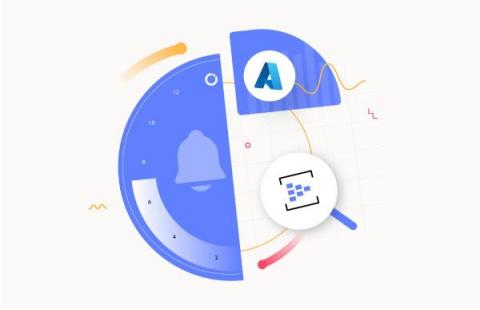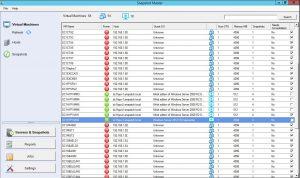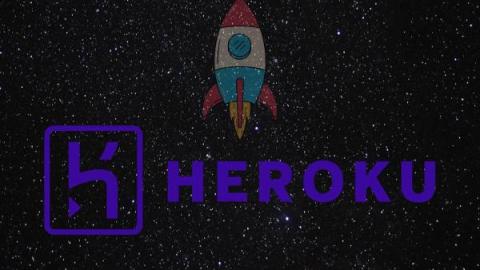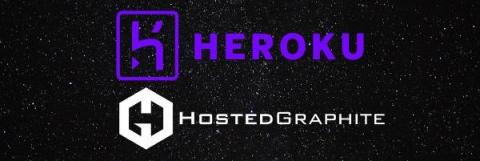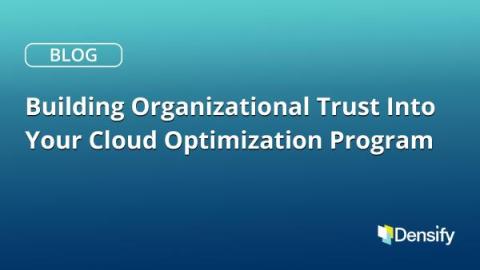Operations | Monitoring | ITSM | DevOps | Cloud
Latest News
When to scale tasks on AWS Elastic Container Service (ECS)
Since its inception, Amazon Elastic Container Service (ECS) has emerged as a strong choice for developers aiming to efficiently deploy, manage, and scale containerized applications on AWS cloud. By abstracting the complexities associated with container orchestration, ECS allows teams to focus on application development, while handling the underlying infrastructure, load balancing, and service discovery requirements.
Coralogix Logging vs GCP Logging: Features, Pricing and Support
Google Cloud Platform (GCP) offers a wide range of features to support their core deliverable, highly available and scalable infrastructure-as-a-service. One of the features—GCP’s log management and available via GCP Log Explorer— is offered to support customers’ basic logging requirements.
Understanding Zero Trust Principles
Have you ever wondered how to keep your digital assets truly secure in a world where cyber threats seem to evolve quicker than cybersecurity measures? If so, you might want to consider adopting a Zero Trust security model. Far from being a buzzword, Zero Trust has emerged as a holistic approach to cybersecurity that operates on a straightforward principle: “Never Trust, Always Verify”.
Troubleshooting Hyper-V
In the ever-evolving landscape of IT, virtualization has established itself as an irreplaceable cornerstone. While various platforms offer virtualization services, Microsoft’s Hyper-V stands out as a robust, scalable, and user-friendly option. If you’re an IT professional, chances are you’ve come across Hyper-V at some point in your career. With its intricate features and multi-faceted architecture, Hyper-V serves as the backbone for many virtualized environments.
Cloud Cost Dashboards: What "A Single Pane Of Glass" Really Means
Hyper-V PowerShell Commands: A System Administrator's Guide
Hyper-V has rapidly become an indispensable tool in the system administrator’s toolkit. Not only does it provide a robust, feature-rich platform for virtualization, but it also seamlessly integrates with Windows Server, making it a must-have for any Windows-based enterprise environment. As a system administrator, you’ve probably realized that managing Hyper-V manually through its GUI can be time-consuming.
Heroku Monitoring: Best Practices
When you immerse yourself in the world of application development, you'll find that deploying applications on Heroku comes with a certain level of ease. However, monitoring becomes a non-negotiable element to keep these applications running at their best. It's like having a clear aerial view of your application's performance - it helps you spot potential performance hurdles and handle issues proactively.
Heroku Monitoring: How To Build A Heroku App
In our world that's always changing, making and launching apps quickly is important. Whether your business is big or small, turning new ideas into working apps is key to success. That's where Heroku comes in.
Building Organizational Trust for Cloud Optimization Software
You’ve loaded data into Densify and after reviewing recommendations your developers don’t want to take the recommended action – they aren’t trusting, yet. This is one of the top issues identified by the FinOps Foundation and many of our customers of Densify – but not all. Let’s explore what some customers do differently to build organizational trust in taking optimization recommendations.


